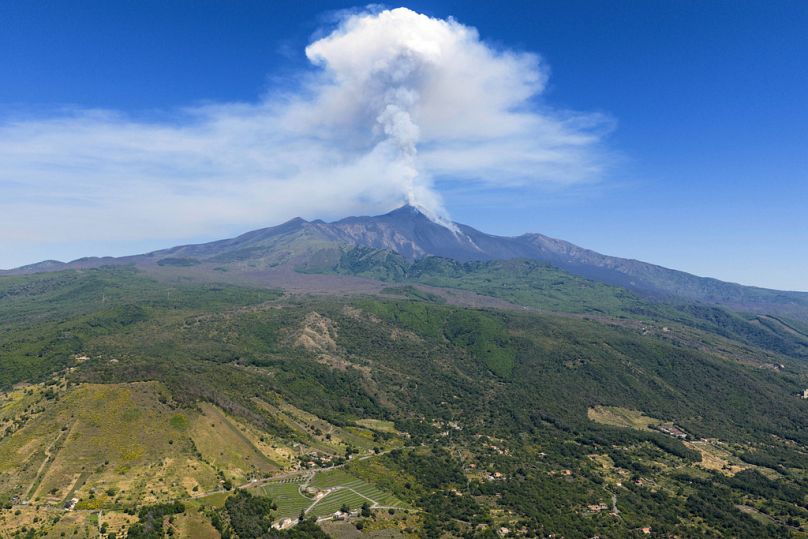Mount Etna in Sicily has once again burst into activity, with explosive force rivaling what was witnessed back in February 2021. This volcanic event has propelled a plume of ash, smoke, and small rock fragments several kilometers skyward from atop Europe’s most active volcano.
The Italian National Institute of Geophysics and Volcanology (INGV) reports that the display was triggered by the collapse of a portion of the southeastern crater, leading to scorching lava cascades. This marks the 14th eruptive episode observed recently.
According to initial observations, volcanic materials have not yet surpassed the Valley of the Lion, which marks the endpoint for tourists' journeys towards the peak. The INGV also mentioned in a social media update that "the explosive activity at the Southeast Crater has turned into a lava fountain."
The volcanic tremor reached very high intensities during the eruptive peak, but according to experts, it has dropped again, signalling that the activity may be diminishing.
The national institute reported that alterations in the volcano's activity were initially detected at 00:39 CET on Monday. The classification was subsequently updated to a "Strombolian" eruption.
Strombolian eruptian are usually characterised as discreet moderately explosive bursts which can eject pyroclasts hundreds of meters into the air.
Etna eruption: no risk for the population
"I am closely monitoring, via the leader of our Civil Protection, the development of circumstances around Mount Etna. The partial collapse of the southeastern crater is an event that we are observing with great care," stated Renato Schifani, President of Sicily.
"For now, based on initial assessments, the substance has not gone beyond the edge of the Lion’s Valley, and I'm assured that there is no risk to the community,” he mentioned.
Salvo Cocina, who leads the local civil defense team, has advised extreme caution for trekkers near Mount Etna and cautioned them not to approach the volcano’s peak region until additional instructions from authorities are issued, due to potential future eruptions and ongoing volcanic actions.
Despite the alerts issued through the Volcano Observatory Notice for Aviation (VONA), Catania Airport continues to operate.


Posting Komentar